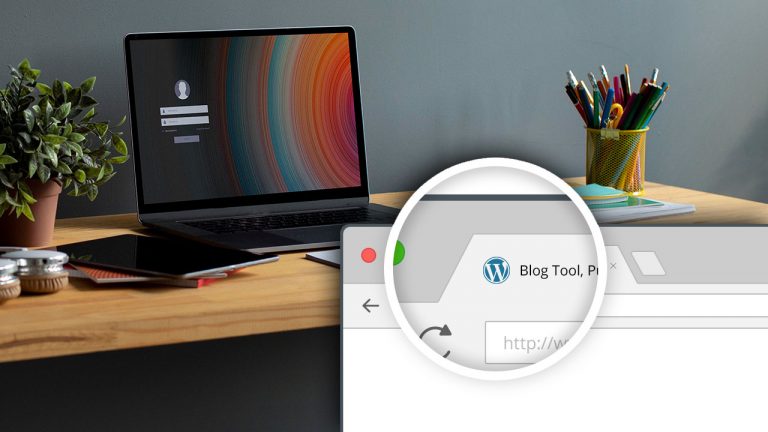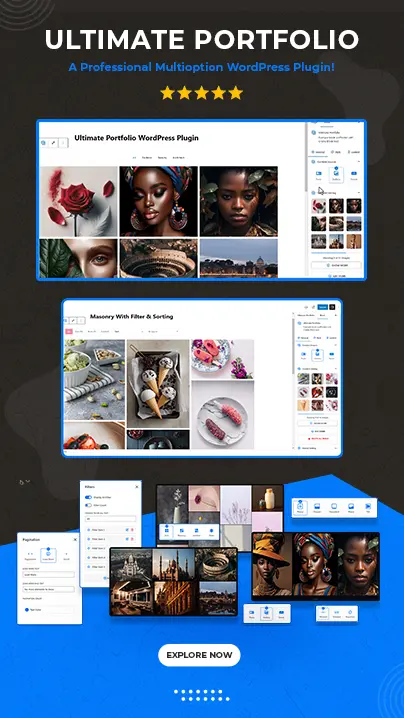It makes sense to learn about everything that will speed up your Wi-Fi, right? We’re all searching for the ideal Wi-Fi that covers the entire house and provides the internet speeds that our ISP guarantees. However, Wi-Fi technology is necessary to carry signals straight to our gadgets without any…










